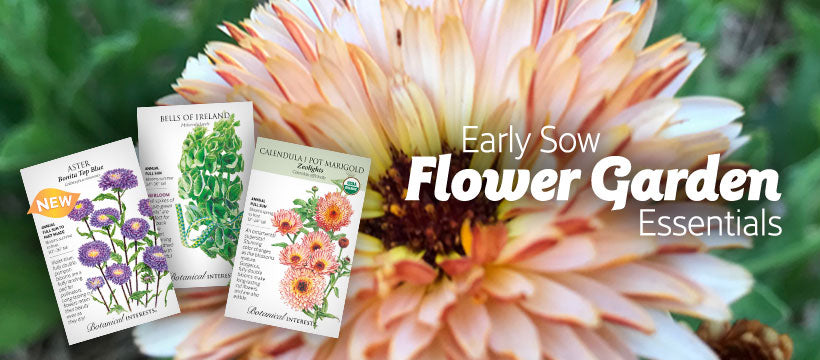
GENERAL SOWING
Head cabbage:
When to Sow Outside: 4 to 6 weeks before your average last frost date for a summer crop, or 10 to 12 weeks before your average first fall frost date for a fall crop.
When to Start Inside: RECOMMENDED. 6 to 8 weeks before your average last frost date, transplanting 2 to 4 weeks before your average last frost date. For fall crop, 4 to 6 weeks before transplanting outdoors in summer. Ideal soil temperature for germination is 75°-85°F. Mild Climates: Sow in fall for a cool-season harvest.
Napa cabbage
When to Sow Outside: RECOMMENDED. 2 to 4 weeks before your average last frost date for a summer crop or 8 to 10 weeks before your average first fall frost date for a fall crop. Ideal soil temperature for germination is 75°-85°F. Persistent temperatures of 50°F or below while plants are young can cause bolting (premature flowering), cover as necessary.
When to Start Inside: 4 to 6 weeks before your average last frost date transplanting after your average last frost date, and 4 to 6 weeks before transplanting outdoors in summer for a fall crop. Sow in biodegradable pots to avoid root disturbance. Mild Climates: Sow in fall for a cool-season harvest.
INDOOR SOWING
Use a lightweight seed-starting mix/medium (sterile, and lighter than potting mix), and sow seeds ¼" deep. Sow 2-3 seeds per pot, thinning to the strongest plant once leaves appear (clip extra plants at the soil level using scissors). The strongest plant may not be the tallest; look for thick, strong stems and deep color. By thinning early, you minimize the negative impact of crowding, like stretching for light. Read about more indoor sowing tips.
Containers
Containers should be clean, sanitized, and have drainage holes.
Transplanting
After hardening off, transplant seedlings 12" –24" apart. See packet for variety-specific spacing.

OUTDOOR SOWING
Sowing preparation and spacing
Cabbage grows best in well-drained soil that is rich in organic matter. It is always best to perform a soil test in the garden to see if your soil needs amendment.
Growing Temperature
Head cabbages grow best in temperatures below 80°F, which for some places may mean sticking to fall growing or choosing quick-maturing cultivars for a spring planting. Napa cabbage is less stressed by heat and can be grown all summer in many places. Napa plants are sensitive to temperatures under 50°F, which may cause bolting (premature flowering). Grow Napa cabbage in late summer/fall with ease or after the weather warms in spring, but be prepared to protect them if temperatures drop.
Thinning
When 3" tall, thin to 1 every 12" –24" apart. See packet for variety-specific spacing.
Water
Cabbage has shallow roots; water regularly. If soil is allowed to dry out during a warm spell and followed by a deep watering, heads may split.
Fertilization
Cabbage is a heavy feeder. If soil is deficient, add a balanced fertilizer (equal parts nitrogen, phosphorus, and potassium) or a nitrogen-rich fertilizer prior to sowing/transplant. Adding compost or a balanced fertilizer on top the soil over the root zone ("side dressing") a couple times as plants grow is also beneficial.
Weeding
Keep plants well weeded. Weeds compete with crops for light, nutrients, and water, and can harbor insects and diseases.
Special care
When transplanting seedlings from indoors, bury stem up to lowest leaves. Protect with row covers or caps in early spring if temperatures drop below 30°F for head cabbage; 50°F for Napa cabbage. Add row covers at transplant time to exclude common pests like cabbage moths. Row covers may remain until harvest. Mulch around plants to keep soil cool and moist. If cabbage loopers are a problem, spray with Bacillus thuringiensis (an organic bacteria that kills caterpillars). Rotate Brassica crops so they are grown in the same area only once in three years to prevent the buildup of diseases in the soil.



